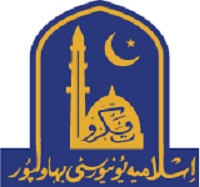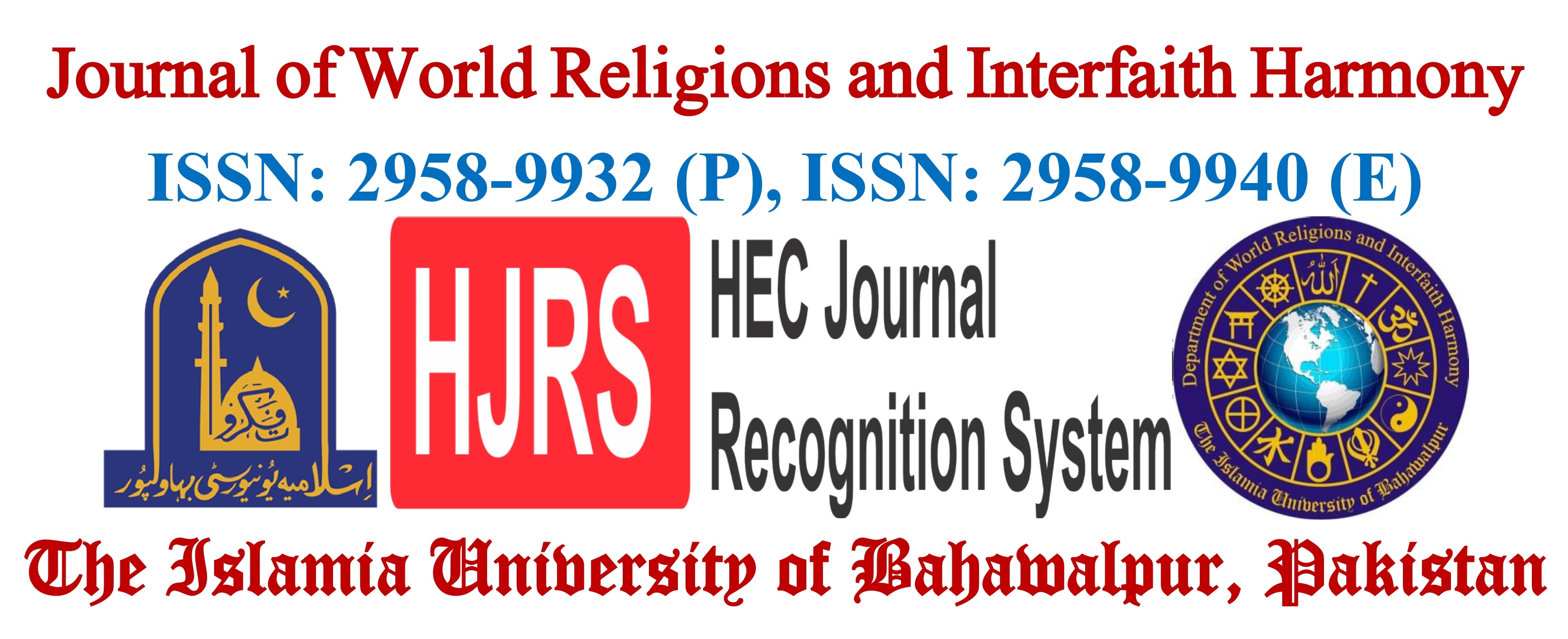Styles in Urdu Translations of Allah's Attributes Described in the Qur'an: An Analytical Study
An Analytical Study
DOI:
https://doi.org/10.52461/jwrih.v1i1.1617Keywords:
Mufassrin, Attributes, Allah's Attributes, Naming of Allah, Qur’an, Urdu TranslationsAbstract
There has been a difference in the organization and naming of Allah's essence, attributes, names and actions in the discussions of Iman-Billah. The two major schools of thought in Ahl-e-Sunnah, Ash'ira and Mataridiyyah, have also differed slightly in determining the personal attributes of Allah. Disagreement has come to be seen. These attributes are also mentioned in the Holy Quran, whose Urdu translations are diverse. Sometimes translation has been done for translation, sometimes the requirements of this adjective have been taken into account in translation and sometimes it has been left without translation. The question is what are the motives behind adopting different styles in Urdu translation of the same adjective at different places or adopting multiple styles by different translators. A lot of work has been done on the objectives, styles and reasons for differences in Urdu translations. It is necessary to understand the nature of differences in the Urdu translations of the personal attributes of Allah and create a form of implementation in them. In search of answers to the above-mentioned questions, five selected translations of representative texts of the subcontinent have been examined. Where this paper clarifies the nature of differences in translations, it also plays its role in creating intellectual unity along with guiding the way towards better style of translation in the translations of the verses with verbal discussion.
Downloads
Published
How to Cite
Issue
Section
License
Copyright (c) 2022 Hafiz Muhammad Tahir Al Mustafa

This work is licensed under a Creative Commons Attribution-NonCommercial 4.0 International License.






